SaaS marketing strategy - A complete guide to scale your business
Software as a service (SaaS) companies have and will continue to take over or disrupt huge areas of the economy. This transformation has been spurred by technological advancements: developing software is now easier and more affordable than ever before, and the potential client base for SaaS enterprises is enormous.
While technology advancements have fueled software development team, it is the subscription-based business model embraced by many SaaS companies that have propelled it to the forefront of the industry. In most cases, SaaS companies charge a monthly subscription fee for their product, which is supplied and kept entirely in the cloud. Because of the subscription business model, organizations achieve profitability over time and must continuously deliver value to their customers to avoid losing them to churn.
Customers tend to prefer smaller, monthly payments, while investors desire predictable, recurring revenue, which helps to better foresee and understand the company’s health. And when it comes to the health of a company, expansion is essential for success. To help you out with this, we’ve put together a list of tactics that SaaS companies can utilize to increase their lead-generating efforts.
What is Software as a Service (SaaS)?
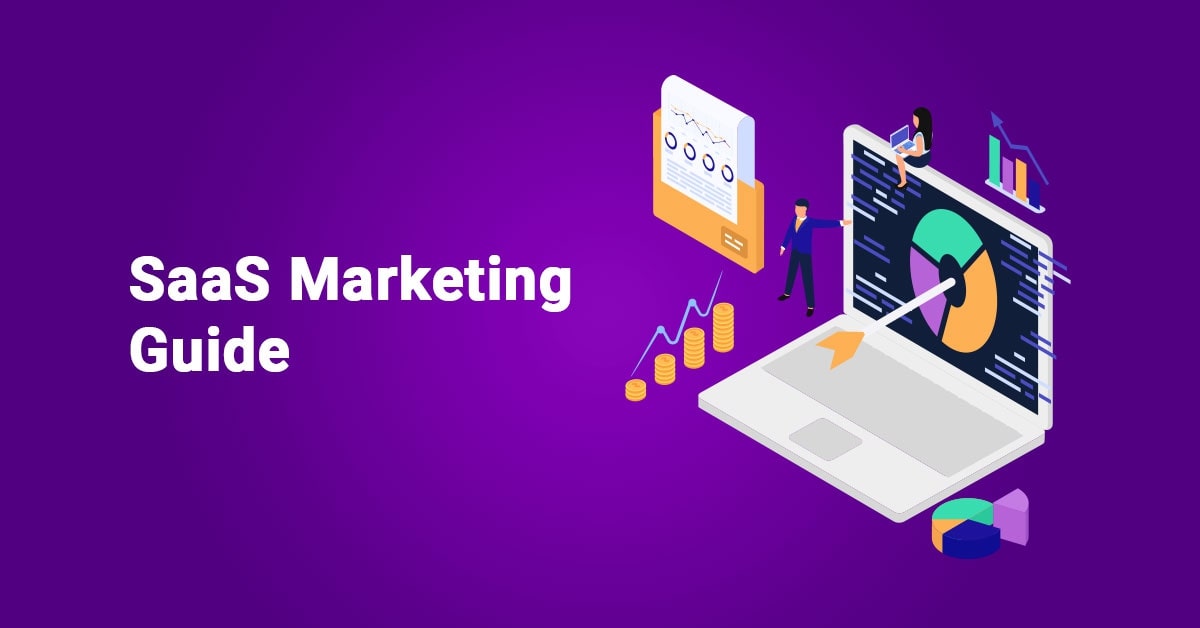
SaaS (software as a service) delivers data via internet access and a web browser from any device. In this web-based paradigm, software suppliers are responsible for hosting and maintaining the servers, databases, and code that make up the application in question.
In two important respects, the traditional on-premise software distribution paradigm varies from the SaaS delivery model. Firstly, because SaaS deployments do not necessitate the purchase of expensive hardware, customers can outsource the majority of the IT obligations that would otherwise be required to debug and maintain the software in-house. Secondly, SaaS systems are frequently paid for using a subscription model, whereas on-premise software is normally purchased using a perpetual license that must be paid in full upfront.
On-premises users may additionally be required to pay maintenance and support costs of up to 20% of their total annual revenue. When you subscribe to a SaaS system, the yearly or monthly subscription fee will often include the software license, support, and the majority of other fees.
The difference between SaaS marketing and traditional marketing
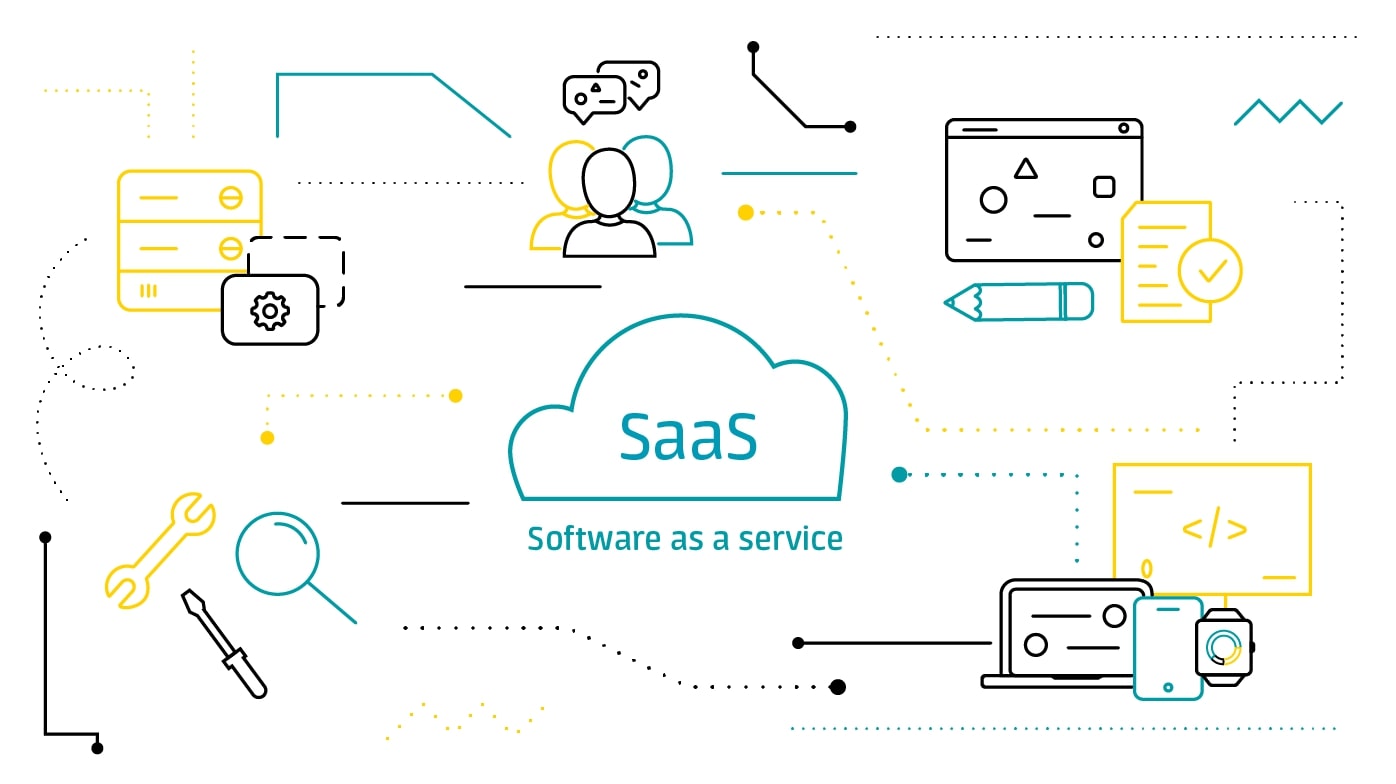
While traditional funnels are used by many SaaS companies, the AAARRR funnel, or pirate funnel, is used by many others. The AAARRR funnel, or pirate funnel, is a specialized funnel that focuses on the entire lead lifecycle, as well as what happens after the initial purchase has been made, as opposed to the traditional funnel, which is more acquisition-focused. The funnel includes 6 phases: awareness, acquisition, activation, retention, referral, revenue.
It differs from the traditional marketing funnel in that it is more concerned with not just getting leads, but also retaining and monetizing those leads, all of which are actions that take place after the initial purchasing process has been completed.
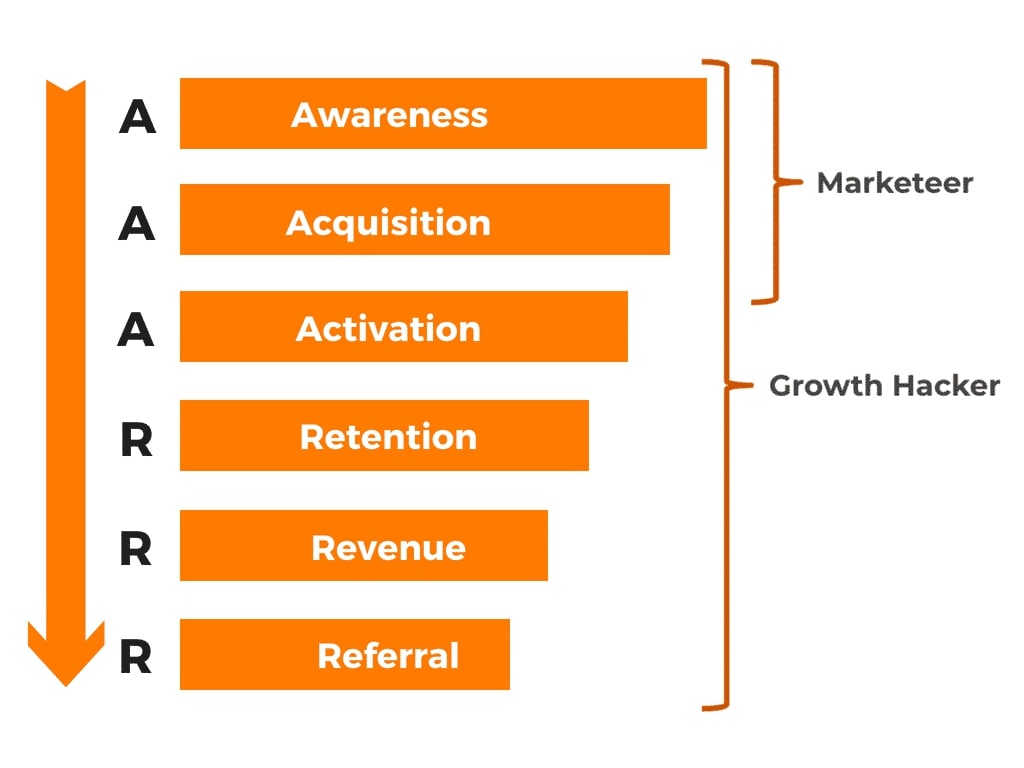
Some SaaS marketing methods produce rapid sales cycles, and then others produce sales cycles that are quite slow. It is difficult to anticipate the outcome of SaaS sales because they are so unpredictable. This is due to the ease with which the software can be purchased online, as well as the ease with which one can sign up for and download the software from the internet.
However, not all SaaS products are as rapid to market as others, and those that sell to companies are likely to have a longer sales cycle. This is most likely attributable to the fact that a large number of firms do not require an instant solution to their problems. When selling SaaS to a customer, sales cycles are frequently shorter because the customer is frequently in immediate need of the product. When dealing with uncertain sales cycles, having a SaaS SEO agency on hand can be beneficial in identifying chances for growth and accelerating sales.
The advantages of SaaS marketing
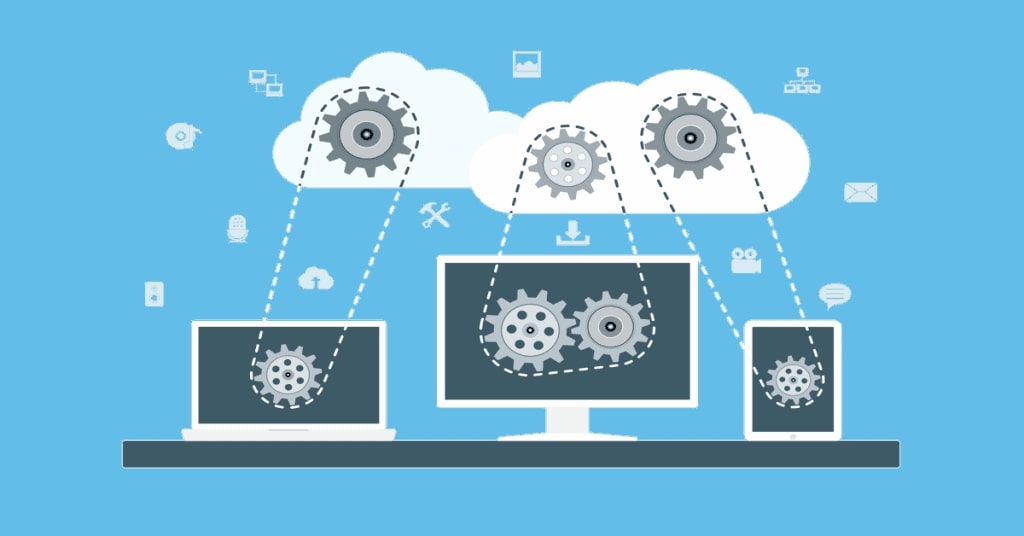
Customer management and relationship
One of the most important objectives of a SaaS marketing strategy is to maintain a positive relationship with existing customers. SaaS marketers must concentrate on providing consistent customer satisfaction so that their clients never consider abandoning their platform altogether. Their main goal is to keep clients satisfied and to continue to serve them for as long as possible.
Better product development
Having such devoted internet users can also aid in the development of better products. Because users are online while interacting with a SaaS product, they may provide immediate feedback on how it performs. When users provide direct input, various departments are involved in the process. Providing customer support can assist in resolving any issues, and digital marketers can use the information to write new blog posts, develop additional training to answer frequently asked questions, or serve as the first point of contact when feedback is received via social media or community forums.
Lead generation
Leads, being the lifeblood of a SaaS firm, marketers must devise and implement a variety of demand generation strategies, including the use of lead generation software, to identify sales-ready consumers and exclude skeptical researchers from the pool of leads. The needs of a very well lead generation strategy include the distribution and possession of high-quality content, the presence of the “right people,” the use of a robust marketing technology stack, and the implementation of effective processes.
Upselling opportunities
When customers rely on a SaaS product to assist them with a large portion of their task, they rapidly come to appreciate what the platform has to offer. Upselling to existing customers is simpler when customers experience a sense of loyalty to a business, which may be accomplished through particular marketing arms such as community development and social media.
8 most common SaaS marketing strategies for your business
1. Content marketing
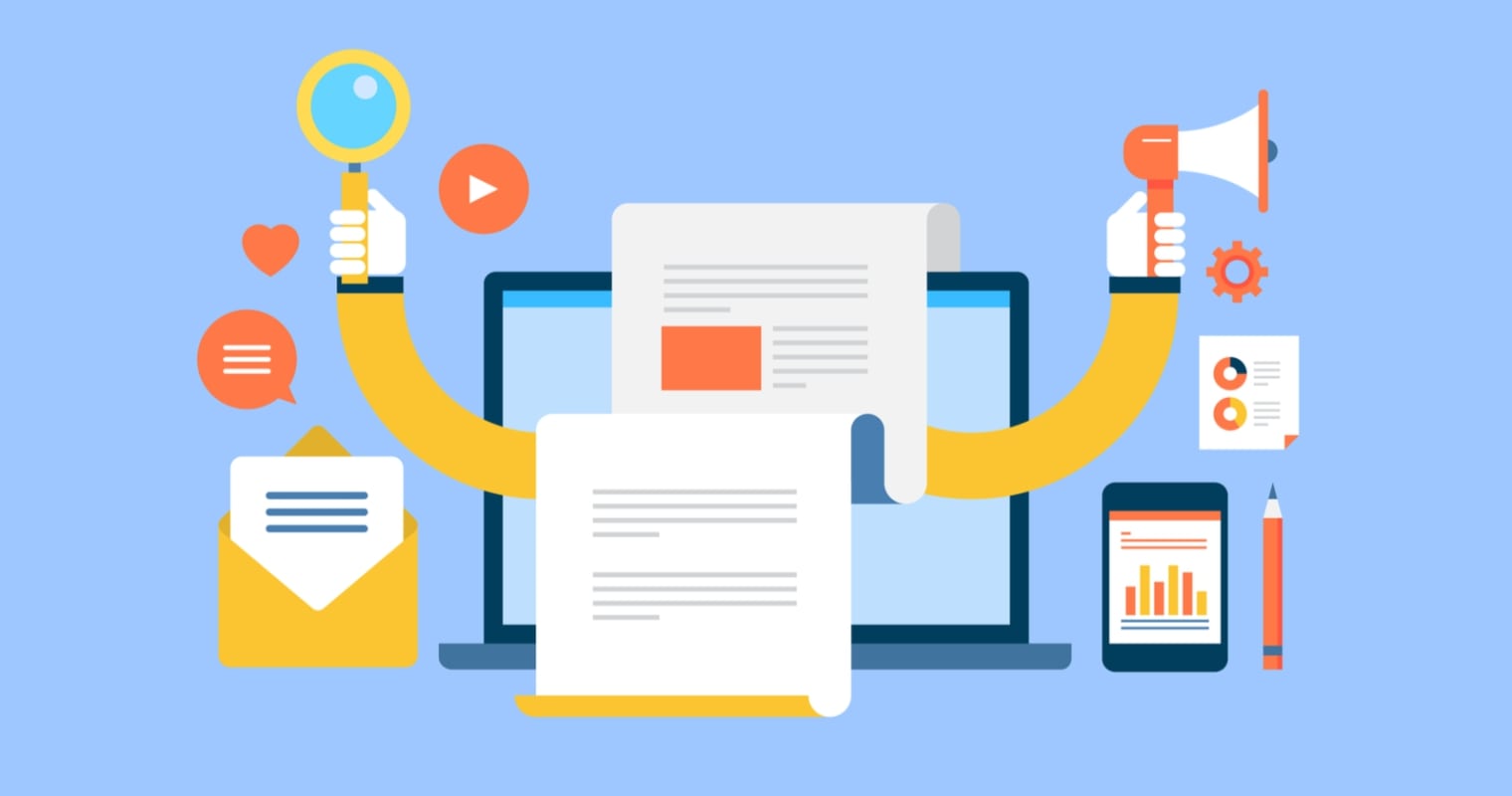
Like smart investment, content marketing grows in value over time. The competitive SaaS content marketing industry is difficult to break into if you are not able to churn out consistently high-quality, personable content with added value to your prospective SaaS customers that are keyword optimized.
However, in the end, content continues to be what drives leads, not any other sort of marketing, like pay-per-click (PPC) advertising. Content is treated as an asset because businesses are the ones who own it, whereas online advertising is a rented product. You can use persona-driven content offerings to provide more valuable content in return for contact information.
While providing all of these free tools in exchange for an email address is normal practice for SaaS companies with rapid growth, it is unique to SaaS start-ups with high growth. Keep in mind that this differentiation is significant for SaaS marketers.
2. Search engine optimization (SEO)
Content marketing and SEO work together because they boost the searchability of your content across search engines like Google, Bing, etc. Off-page SEO, sometimes referred to as link building, involves both on-page and off-page optimization.
On-page SEO also requires content creation that interests readers, entices them to link to it, and encourages them to share it. Some strategies for increasing search engine rankings include keyword strategy, internal linking, use of titles and keywords, as well as page download speed and user interface.
Off-page SEO refers to high-quality link building. Quality links from credible and trustworthy sites are always more valuable than quantity. Another key quality measure is shares and links from influential social media accounts. Building an effective distribution strategy is the greatest approach to get links and shares.
3. Free trials
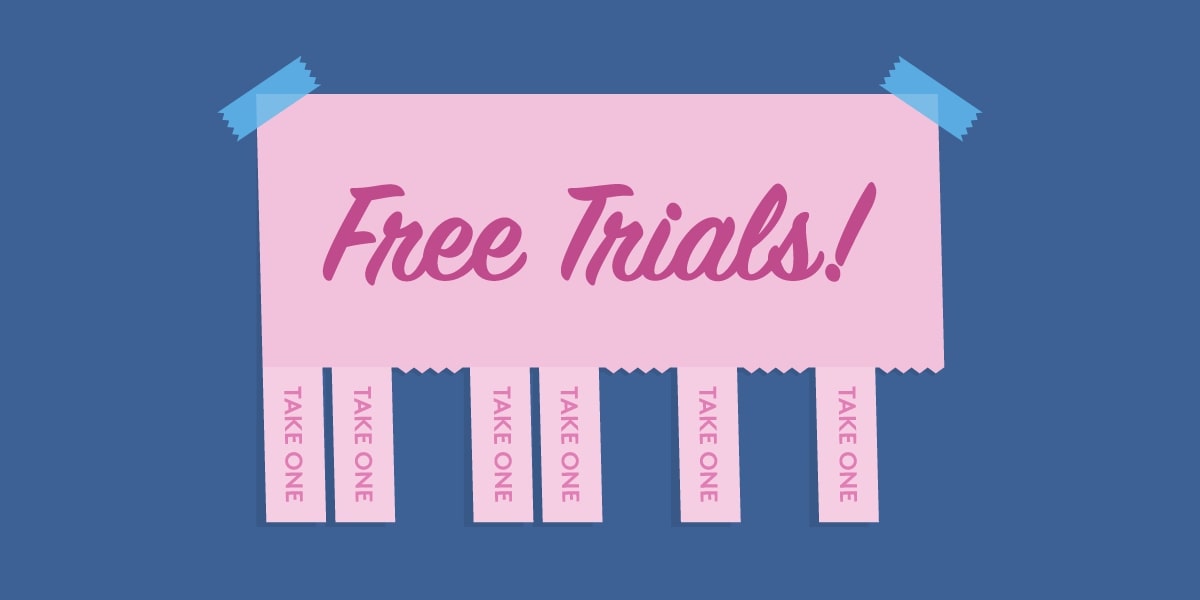
The SaaS sector has found a very valuable new lead generation source in the growing number of trials for products. If you are offering to a tech-savvy audience, then trials are an especially powerful lead generation technique. With no continuous marketing effort, you may continue to build your lead generation.
For those units that don’t get used, you should offer some support so consumers have a great experience when they test your product. This depends on the complexity of your product and your unit economics. Either via phone calls, group webinars, automated emails, or a combination of all three, might be utilized for this purpose.
Prospects want value, but they won’t agree to your terms if you inundate them with offers. Strive for balance: provide a high level of value without spending too much money. Trial and error are required to refine the process, but a process of continuing optimization can lead to an ever-increasing supply of highly qualified leads.
4. Referral marketing

Customers who send referrals are among the most productive of leads. Although recommendations are usually inexpensive and swiftly closing, the referral mismatch exists between sales and marketing.
To optimize the campaign’s performance, focus on launching your referral program first. Also, we would like to advise you to set up a landing page on your website and optimize it where users can make referrals.
Before you receive referrals, make sure you tell potential clients what is important when it comes to referrals. That may be the title of their job, or the industry they work in, or how big the company is. To further clarify, you should make sure to explicitly state when, how, and if people would be incentivized. Marketing teams may help sales, customer success, and support staff to ask for referrals by developing template questions that support the initiatives of these teams.
5. Co-marketing

A significant number of SaaS companies work with other companies in a co-marketing campaign. For instance, a SaaS company that is addressing a complementary set of customers may team up with another company that has a similar vision of business or business style.
Typically, the organizations that take part in a marketing effort, such as producing an ebook, doing a webinar, or publishing research, each contribute something to the overall campaign. Also shared by the participating companies are the leads generated and the costs incurred.
Each of the two companies has the option to expand their respective following by using the other’s platform, and they may reach a different demographic. Co-marketing is effective when both sides are on the same page. The advantage of co-marketing is that it can help you to obtain new customers, gain an audience, and exhibit your ability to think beyond the box.
6. Google Adwords
In general, PPC is rather popular, as it offers various benefits. It helps your site get seen in targeted traffic and is extremely scalable, meaning you can adjust how much you pay each day to meet the needs of your business. As well as having significant inherent predictability on both cost and results, it also has a lot of that degree of intrinsic predictability associated with that function, which specifically appeals to CFOs or those who’ve traditionally overseen marketing budgets.
To come up with the best advice, it is best to conduct a series of tests and observe which activity yields the most return on investment for your organization. We’re able to get huge volumes of traffic and leads through PPC if we’re ready to pay for it.
7. Retargeting
By re-engaging the individuals who left your website, you can significantly enhance your website’s conversion rate. With Retargeting, you can use your website visitors’ previous browsing history to display online advertisements throughout the web. For instance, when you browse an online shopping site for an item, leave the site, and then see related advertising on websites or social media, you have just experienced retargeting.
Retargeting can be used to convert website visitors into consumers no matter what business you’re in. In other words, for example, you can use events, such as email and web browsing or attending a webinar, as a means to initiate a campaign, while certain marketing solutions allow you to target individuals who have not visited your website yet.
8. Email marketing
When applied strategically, well-thought-out email marketing campaigns have the potential to produce tremendous ROI. You can use it to win new customers and to tell your current customers about product improvements.
7 tips to optimize your SaaS marketing strategies
1. Fine-tune the registration process

When you change the way in which you buy your SaaS product, you will see a great improvement in your conversion rate. Reduced conversion rates could occur if your registration flow requires users to enter in a lot of information, such as company name, role, size, etc. Bearing in mind the point you have just raised, your prospects may be uncertain whether your product is worth all the extra effort associated with registering.
The easiest method to get rid of this resistance is to supply the user with the essential information, such as name and email, in a manner that allows them to immediately go through the process. In the case that you are still not convinced about dropping mandatory fields, state why you require them to have all the necessary data. Also, making check out more of a two-step process rather than a one-step process could boost conversion rates by approximately 10%. Names and emails are in the first phase; credit card data follow next.
2. Use freemium pricing model

Most SaaS-focused companies follow a freemium model to acquire customers and generate more conversions. Your product is given to prospects for free for the lifetime of the customer, which is known as the freemium model. In other words, buyers who want to truly experience the full potential of your product will have to pay for it.
In this strategy, you restrict the free user’s features or cut down on available features’ added usefulness. Storage or data quotas may also be put in place to control consumption (e.g. 200 emails per day). A premium plan is required to make use of anything more than that. To sum up, implementing a freemium model will enhance the number of links to your website while also boosting your lead and traffic generation.
3. Enhance social listening
It’s critical to put your efforts and keep a watch on your marketing messages and notifications when you are juggling various channels. Depending on the action one takes, you might either make a customer who is already your customer for a long time or someone who becomes a lost lead.
According to recent statistics from Salesforce, customers don’t just care about the product or service that a company offers, they are just as concerned with the overall customer experience that the firm gives. The main takeaway from this is that you should never allow a question or criticism to linger.
For SaaS companies, social customer service is more important than ever. Twitter, like other social media channels, is useful for clients who want to inquire about an issue quickly and easily. While some companies choose to monitor conversations where their product is discussed or suggested, others use automated listening software.
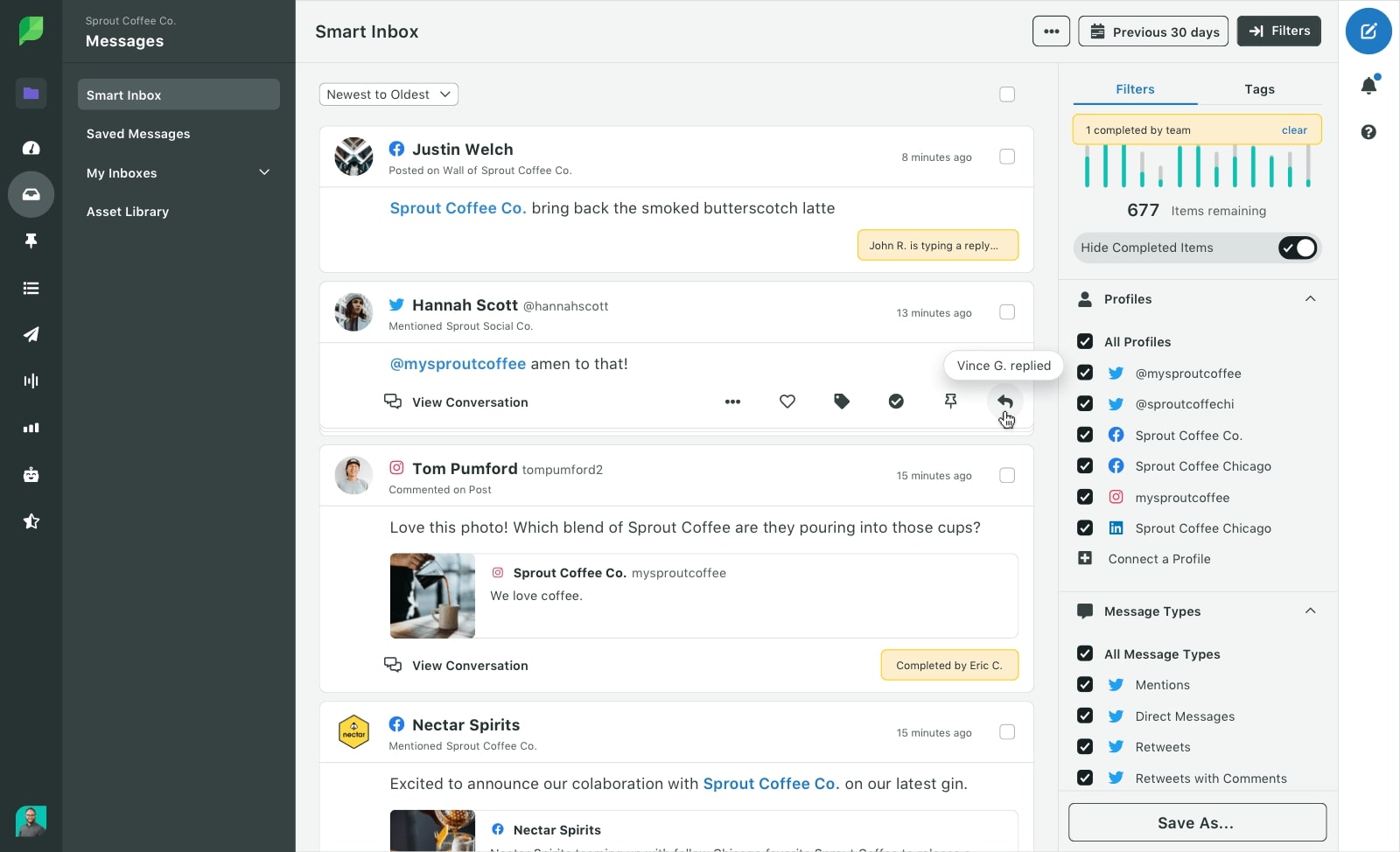
For instance, Sprout’s collaboration tools enable multiple members of a team to all be part of the same social mailbox without inadvertently stomping on any other team member’s toes. This enables faster communication, as well as the answers to a higher number of inquiries on behalf of your clients.
4. Enable live support
If a consumer has assistance from a salesperson who can help them better comprehend the benefits of your SaaS product, they are more likely to buy. Letting prospects book sales or product demos is beneficial to your sales staff since it allows them to connect with clients as soon as they want. Appointment scheduling software helps customers set the appointments when they want to be contacted by your sales team.
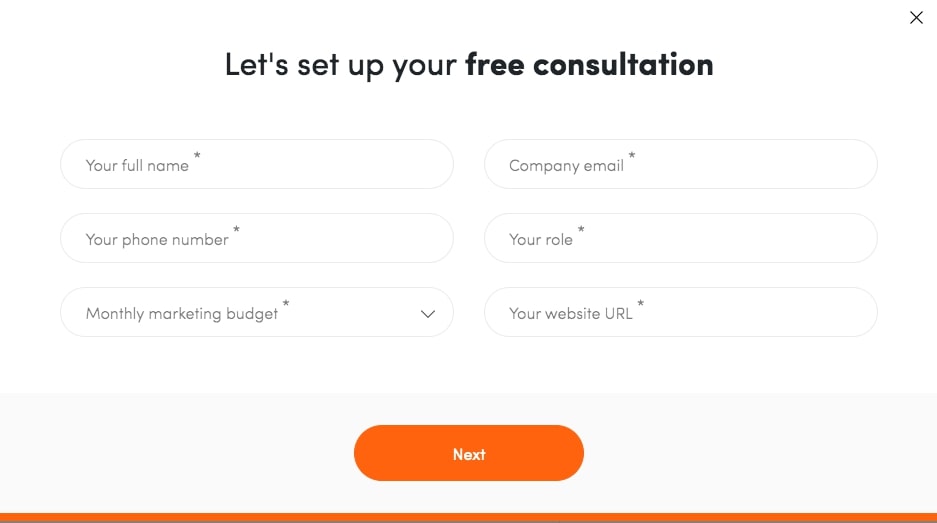
A good example of this is Single Grain, which has made it possible for customers to book calls instantaneously. To schedule a marketing consultation with Single Grain, first of all, you will have to provide your information, including your marketing budget, the services you need, your website URL, and your job. Single Grain’s qualified leads increased by 40 percent as a result.
5. Optimize CTA buttons
The many SaaS companies that rely on CTAs, such as “learn more” or “book a product demo,” include many good options. Using anything your product performs to convey your CTA may yield better results.
To identify why users are utilizing your product, do keyword research. Combining these two points enables you to use the data from your click-throughs to guide your call-to-actions and maximize your conversion rate.
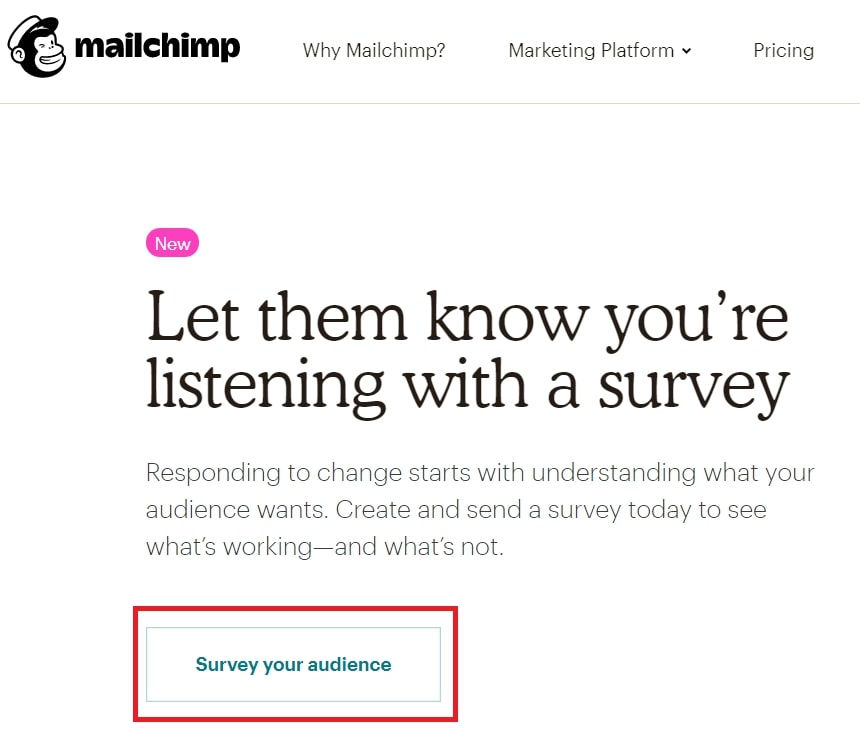
An excellent example of a call-to-action (CTA) is on Mailchimp’s website. The CTAs on Mailchimp’s website are noticeable since they highlight the action you might wish to take. Rather than using a vague “sign-up,” “learn more,” or “talk to sales,” Mailchimp’s survey tool uses “Survey your audience.”
6. Put your product on third-party review sites
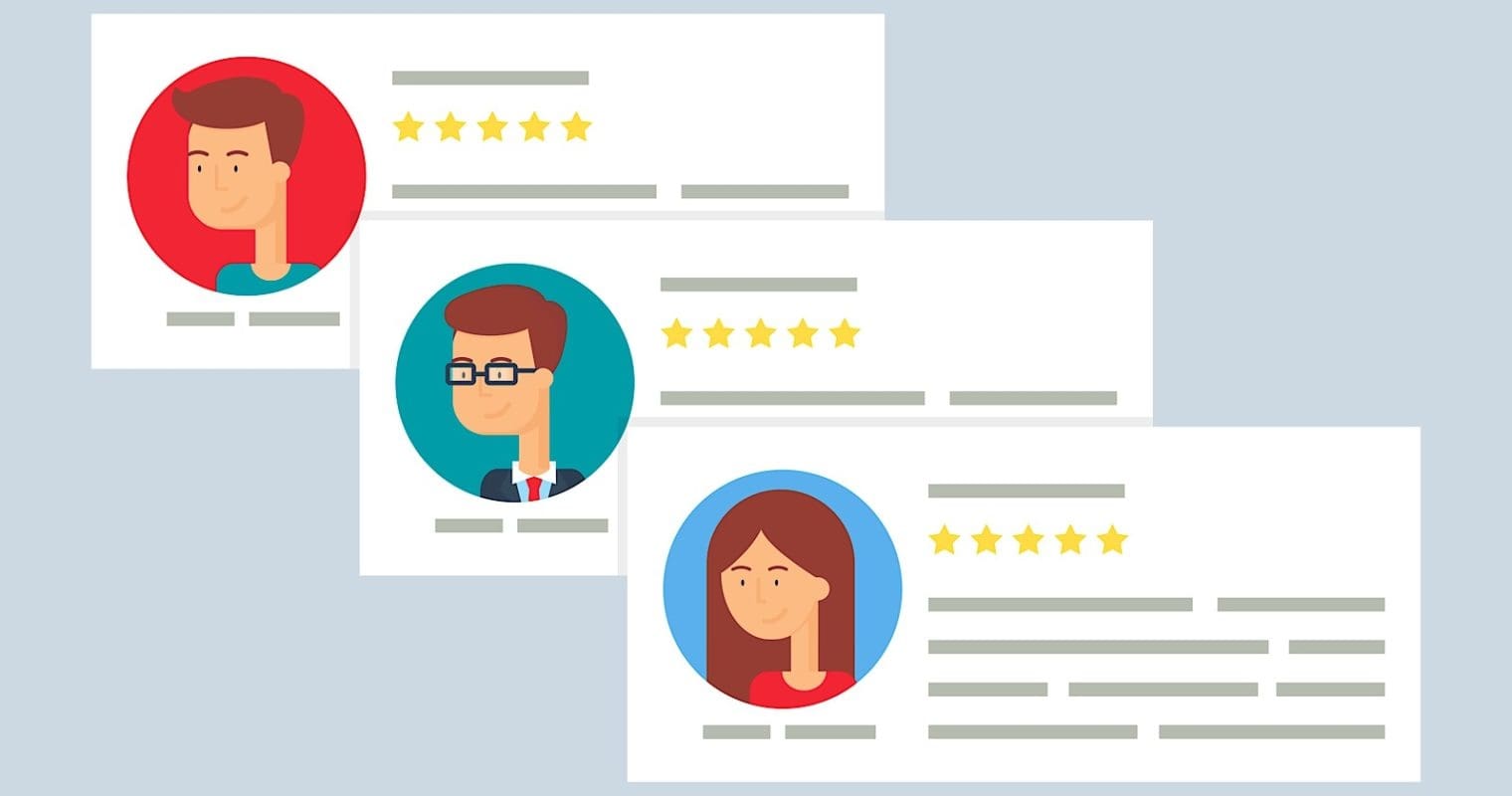
Social proof of your SaaS product can be found in high-quality third-party review sites. Many customers believe in these websites, and they may be counted on to speak positively about your goods. Getting your goods into third-party review sites also increases your SEO ranking because of the backlinks that you receive.
Since you’re trying to narrow down your search to just one product, the only thing to be concerned about is that these websites enable people to look at a large number of similar products and choose the one they believe is best. If you’re new to the market, this could be difficult for you. Having your consumers post a review is the greatest method to tackle this difficulty. People believe in reviews as much as they believe in other forms of recommendations.
Don’t leave your existing clients in the dark after publishing third-party review sites. Send them a link to your product so they don’t have to seek your software. Some prominent third-party review sites to consider are TrustPilot, G2, etc.
7. Make ultimate use of customers’ data and analytics
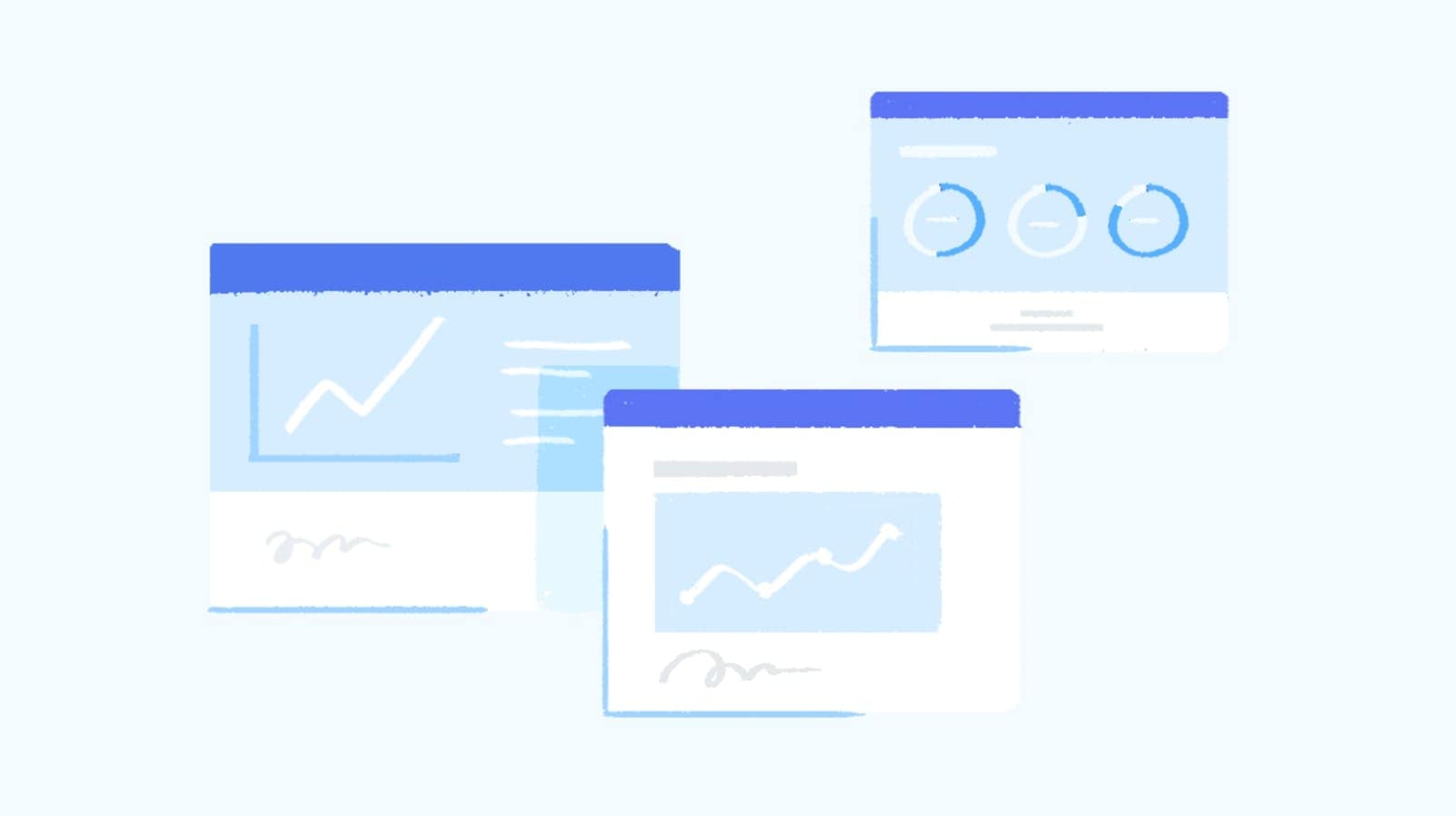
In contrast to other businesses, SaaS marketing is based primarily on data. When you have such a wealth of data pieces, everything can have an impact on your marketing and product decisions. This incorporates client product usage statistics. Consider these important data points:
- Landing page conversion rate
- Customer lifetime value (CLTV)
- High Organic Traffic and Conversions
- Average business and industry churn rate
But all that is only the tip of the iceberg: SaaS brands have much more data at their disposal. For example, a business selling plumbing service software could track support ticket creation rates to minimize or fix issues that their customers often bring to their attention. Regardless of the choice you pick, examining your numbers regularly helps you make more informed judgments, supported by evidence. Social media analytics help you to discover which of your content and marketing strategies are most effective.
Final Words
Since so many software-as-a-service (SaaS) enterprises face intense competition in the market, As a result, it is critical to devise plans that produce outstanding results. It will need time, knowledge, and attention to the project to create an efficient SaaS marketing plan. When you are waiting for results, it is important to have patience, and you must be able to make changes to your approach at a moment’s notice to respond to changes in your audience and to cultivate valuable relationships.
These growth tactics are proven and verified to help organizations achieve a higher return on investment (ROI), expand the number of clients, and increase customer retention. Always be on the lookout for new ways to increase your business’s success.
New Posts






